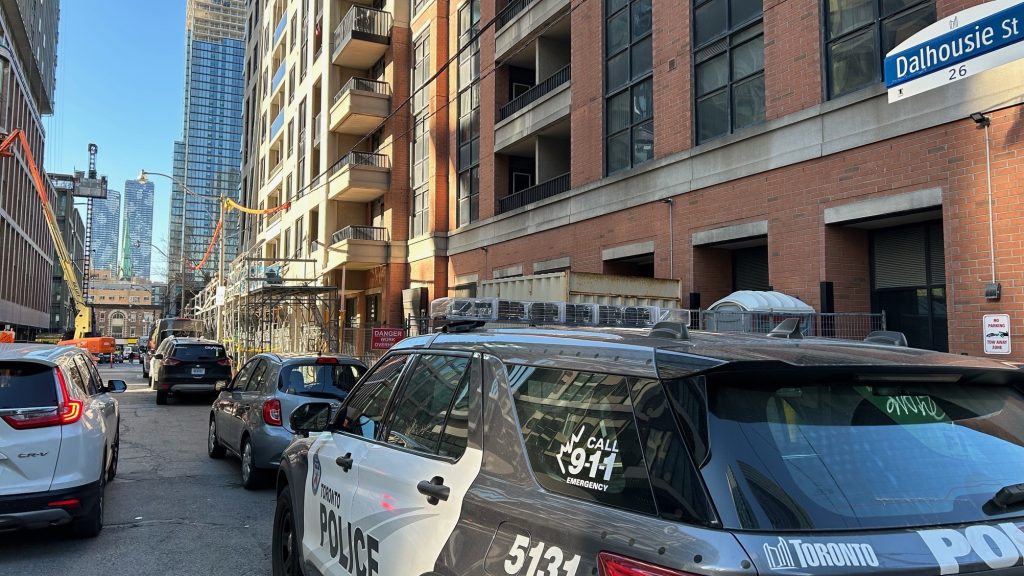Big box shopping centres will need to reinvent themselves, planners say
Posted March 31, 2015 4:44 pm.
Last Updated April 1, 2015 4:29 pm.
This article is more than 5 years old.
TORONTO – The recent closures of Future Shop and Target stores highlight a conundrum that’s got urban planners and real estate experts talking.
As Canadians migrate from the suburbs to the inner cities and do more of their shopping online, big box shopping centres face an uncertain fate. Experts say many of these shopping centres will need to reinvent themselves as mixed-use lifestyle hubs to avoid a bleak future.
“Some of the most vulnerable property types are those that were built purely on the big-box format stores — in other words, the power malls of the 1990s that were very auto oriented,” says David Bell, a retail planning consultant at Colliers International.
“There’s no question that some of those are going to have to look to other potential uses; recreational uses, institutional uses or office uses. They’re going to have to get creative, in some cases, because the list of potential tenants looking for that much square footage is not as big as it once was.”
The imminent closures of 66 Future Shop stores and 133 Target stores means there will be a glut of big-box retail space coming onto the Canadian market this year at a time when more retailers are looking for smaller stores in densely populated urban cores.
Some of those vacant spaces could get snatched up by GoodLife Fitness, says Bell.
“They are one of the few (tenants) that are actually looking for 28,000- to 35,000- square-foot stores,” he says.
But a number of the stores, particularly those in the suburbs, could sit vacant for some time while property owners look for ways to repurpose the spaces.
Some have speculated the large-format boxes could get divvied up into smaller boxes and snatched up by various tenants. However, Bell says many of the 30,000-square-foot stores are too deep for that strategy to be effective.
“You have to keep in mind the ratios of frontage to depth,” he says. “There’s not a lot of stores looking for seven times the depth they have in frontage.”
Matthew Siemiatycki, an associate professor of geography and planning at the University of Toronto, says he’s optimistic that the sprawling, suburban big box shopping centres will eventually be repurposed into mixed-use sites.
“The sites are, in many cases, in phenomenal locations,” he says. “They’re at key transportation intersections and they could become community hubs depending on what goes in there.”
Restaurants, fitness centres and medical clinics are beginning to make up a larger portion of the tenant mix at many shopping centres, as they provide social experiences and other services that can’t be purchased remotely.
“People do want to get out of their house and go and meet in welcoming environments,” Siemiatycki says.
Some shopping centre sites could be transformed into office spaces, community centres, schools or even residential developments, according to planners.
“I view the abandoned shopping centre in big box retail as an opportunity to do comprehensive development because of the size of the site,” says David Lieberman, a professor of architecture and urban planning at the University of Toronto.
However, that would likely involve tearing down the existing structures and working with municipal authorities to get the lots rezoned, he adds.
“It’s not going to happen overnight.”
— Follow @alexposadzki on Twitter










